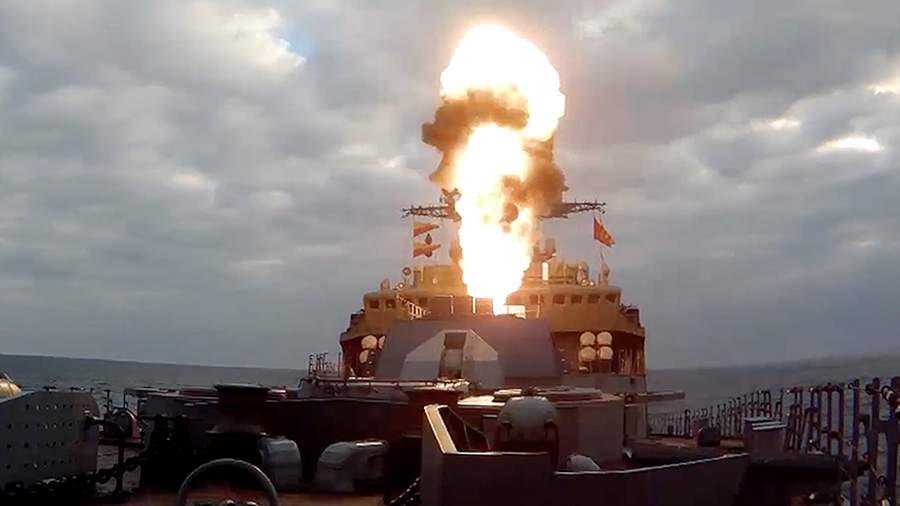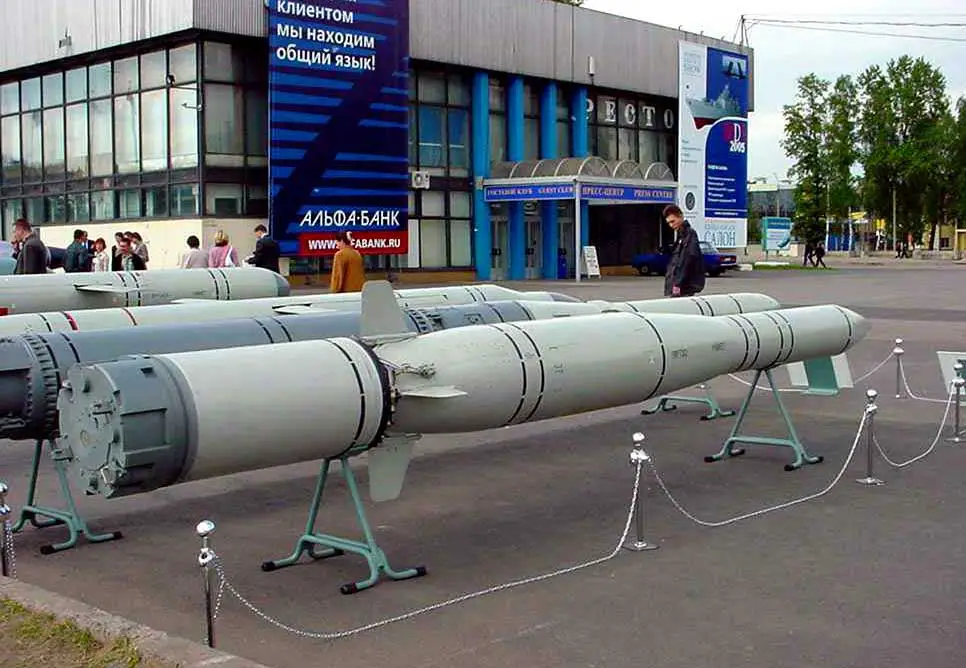On Saturday, the Russian Defense Ministry reported that on February 12 at 10:40 Moscow time, a U.S. Navy Virginia-class submarine was discovered near Urup Island in the Kuril Ridge. American multi-purpose nuclear submarines of the Virginia type are designed to combat enemy submarines and conduct coastal operations. The incident is an embarrassment to the U.S. as the multi-million dollar Virginia is a fourth-generation submarine and is very quiet and difficult to detect.
According to the Russian MoD, the Russian Navy informed the U.S. submarine crew that they were in territorial waters of the Russian Federation and demanded that the submarine should surface.
The U.S. submarine was detected by an Ilyushin Il-38 “Dolphin” maritime patrol aircraft (NATO name May).
“In the mode of sound underwater communication, a message was transmitted to the crew of a foreign submarine in Russian and English: “You are in the territorial waters of Russia. Come up immediately!” the Ministry of Defense said.

But the U.S. submarine ignored the demand, after which the crew of the Pacific Fleet frigate Marshal Shaposhnikov used “appropriate means.” Marshal Shaposhnikov is a frigate of the Pacific Fleet, which, after modernization, became the carrier of long-range cruise missiles 3M-54 Kalibr. Marshal Shaposhnikov is also equipped with the newest anti-submarine system ‘Otvet’.
The Russian MoD did not specify the ‘appropriate means’ used by the frigate, but it is suspected that the ship used its signal grenades fired from the MRG-1 multibarrel launcher. After a signal grenade is detonated, it forms a floating torch of red fire serving for 50 seconds as a target designator for firing high-explosive grenades into the indicated area of the alleged location of the nuclear submarine or enemy combat swimmers. It must have prompted the Virginia class submarine to deploy countermeasures before scooting.
The official report of the Russian Ministry of Defense states that the American submarine used a self-propelled simulator to double the target on radar and acoustic control means and left the territorial waters of the Russian Federation at maximum speed.
As per the Russians, the U.S. submarine tried to follow the exercises of the Pacific Fleet, but with the prompt reaction of the Russian ships, it was discovered even before it started the mission.
“A detachment of ships of the Pacific Fleet continues planned exercises, including monitoring the underwater environment to prevent violations of the state border of the Russian Federation,” the Defense Ministry said.
More than 30 ships based in Sevastopol and Novorossiysk are taking part in the large-scale exercises of the Russian Black Sea Fleet. The purpose of the exercises is to work out the defense of the sea coast of Crimea, the bases of the Black Sea Fleet, as well as secure the Russian economy and sea communications from possible military threats of a hypothetical enemy.
Russian Otvet anti-submarine system
Otvet, ‘response’ in English, is the latest anti submarine system deployed with the Russian Navy.

Otvet uses a 91RE2 anti-submarine guided missile fired from 3S-14 universal launchers used for Kalibr, Onyx and Zircon anti-ship cruise missiles. At the head of the Otvet missile is a small-sized homing anti-submarine torpedo. Once it reaches the target area, the rocket drops an MPT anti-submarine torpedo into the water on a parachute, which then continues to search for an enemy submarine using its hydroacoustic station independently. As per open sources, missile dimensions are – Weight 1300 kg, length – 6.5 m, firing range – 40 km, flight speed – Mach 2. An MPT anti-submarine torpedo can reach speeds of up to 45 knots with a range of 8 km and a travel depth of up to 450 m.
Previously, the Russians used a similar system called the Metel Anti-Ship Complex.
Russia hands over a note to the U.S. military attache
“On February 12, in the Main Directorate of International Military Cooperation of the Russian Ministry of Defense, in connection with the violation by a U.S. Navy submarine of the state border of the Russian Federation, a representative of the military attaché office for defense issues at the U.S. Embassy in Moscow was handed a note,” the statement says.
The U.S. Department of Defense representative was told that the actions of the American submarine were regarded as a gross violation of international law. The Russian department added that the provocative actions of the U.S. Navy ship created a threat to the national security of the Russian Federation.
The U.S. denies the incident
U.S. Indo-Pacific Command spokesman Kyle Reines said the U.S. submarine did not enter Russian territorial waters.
“There is no truth in the assertions of the Russian side about our operations in their territorial waters,” Reines said.
However, Reines declined to comment on exactly where the USS Virginia was and her route. “We fly, swim and operate safely in international waters,” he said.
Igor Kurdin, a former commander of the nuclear submarine missile carrier, told Izvestia that the U.S. boat entered within 12 miles (19.3 km) of Russian territorial waters. It’s very close to the coast compared to 30 miles (48.2 km) of the maritime borders of Norway, where Russian naval ships are forbidden to enter.
Incidents at sea between the military of the Russian Federation and NATO
Recently, there have been several incidents at sea between the military of Russia and NATO.
On October 15, 2021, the Russian Ministry of Defense reported that the large anti-submarine ship Admiral Tributs stopped an attempt by the destroyer Chafee of the U.S. Navy to cross the state border of the Russian Federation in the Sea of Japan, ousted it from Russian territorial waters.
On June 23, 2021, the Russian Defense Ministry reported that the Russian military and border guards opened warning fire at the course of the British destroyer HMS Defender, which violated the Russian border in the Black Sea near Cape Fiolent (Crimea).
(Also read – Russian FSB expelled the U.K. destroyer HMS Dragon from Crimea region in 2020 and USS Georgia and USS Nevada – is the U.S. signalling to Russia and China?)
